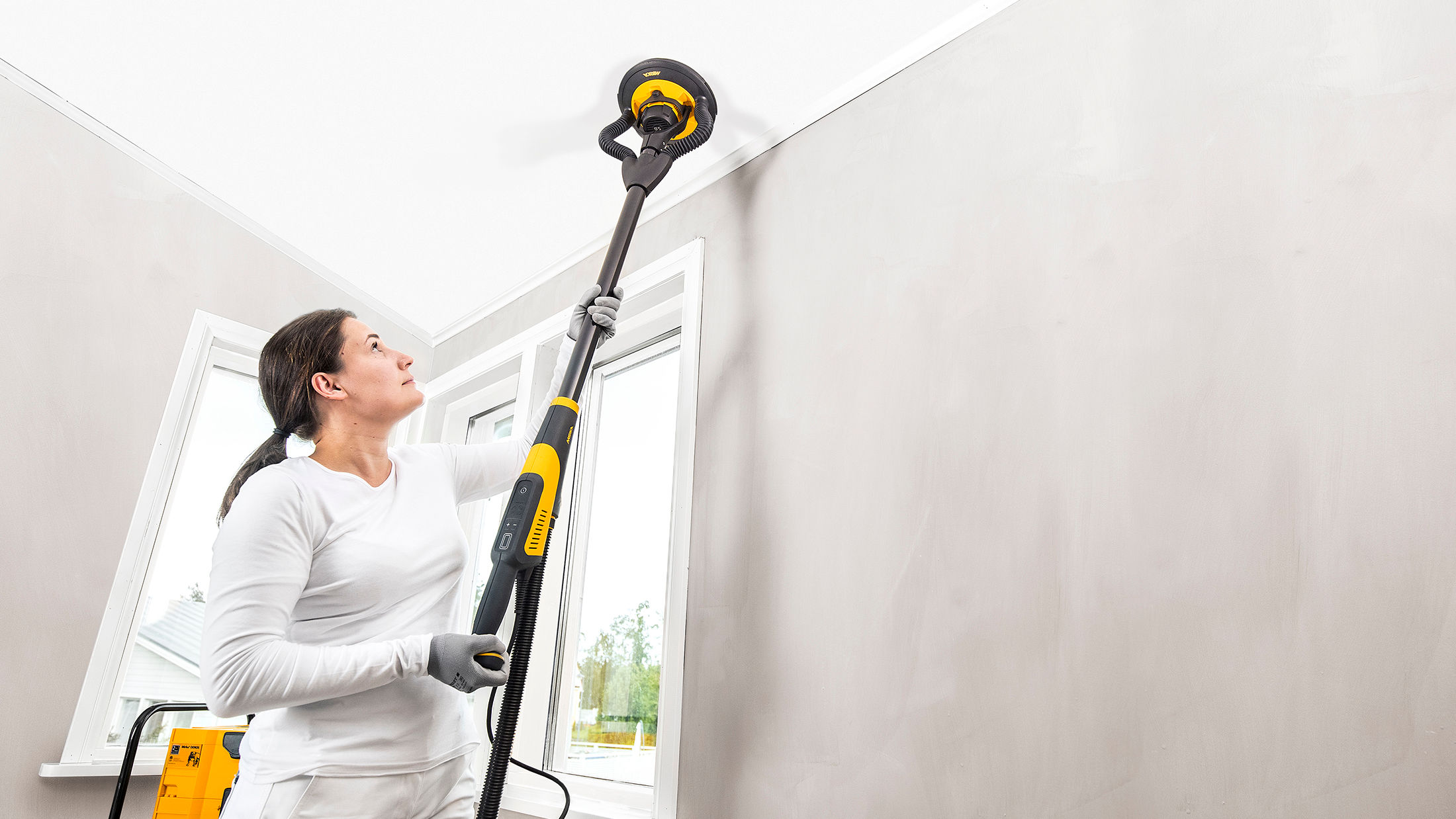Hand-Sanding vs Power Tool Sanding
Risk and Reward
For some applications you still need to hand sand, but for most sanding processes you can use a power tool. There are many benefits of using electric and pneumatic sanders.
In addition to increasing productivity through ease of use and speed, power-sanders improve conditions dramatically for workers and reduce the risks that were typically associated with hand-sanding. However, some risk remained, such as those caused by dust, and some new ones arose.
In our whitepaper "How to Manage the Occupational Risks Associated with Sanding" you can read more about the hazards associated with the task of sanding and the harms that can result from prolonged exposure to those hazards.


